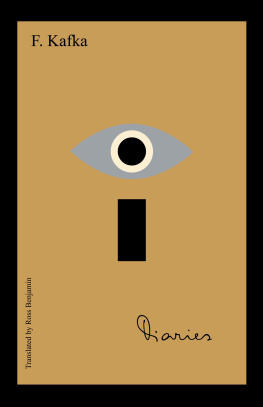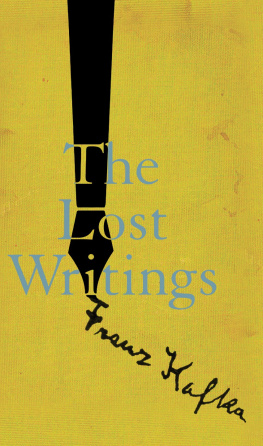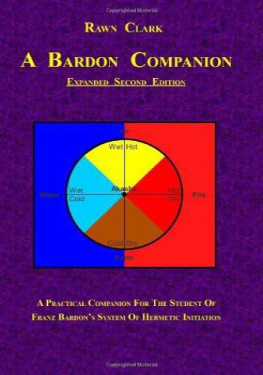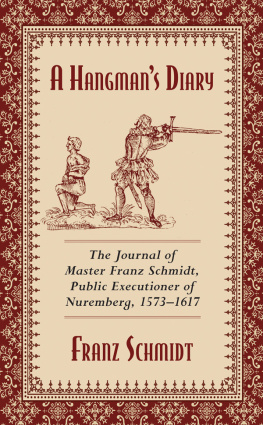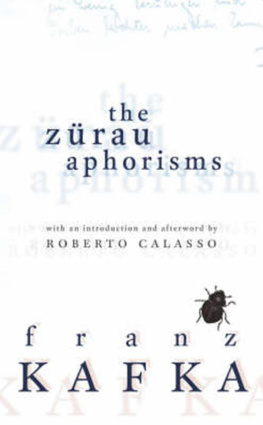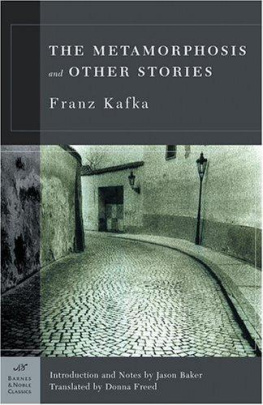Authors: Klaus H. Carl and Franz Marc
Layout:
Baseline Co. Ltd
61A-63A Vo Van Tan Street
4 th Floor
District 3, Ho Chi Minh City
Vietnam
Confidential Concepts, worldwide, USA
Parkstone Press International, New York, USA
Image-Bar www.image-bar.com
All rights reserved.
No part of this publication may be reproduced or adapted without the permission of the copyright holder, throughout the world. Unless otherwise specified, copyright on the works reproduced lies with the respective photographers, artists, heirs or estates. Despite intensive research, it has not always been possible to establish copyright ownership. Where this is the case, we would appreciate notification.
ISBN: 978-1-78310-164-1
Everyone who shapes and organises life searches for the right foundation; the rock on which to build. This foundation has only rarely been found within tradition oft proven to be illusory and fleeting. Great painters do not search for their subjects from amongst those who have been lost to the sands of time, but they instead explore the real and deep focus of their own time. Only in this way can they create their own technique and style of painting.
Franz Marc
Table of contents
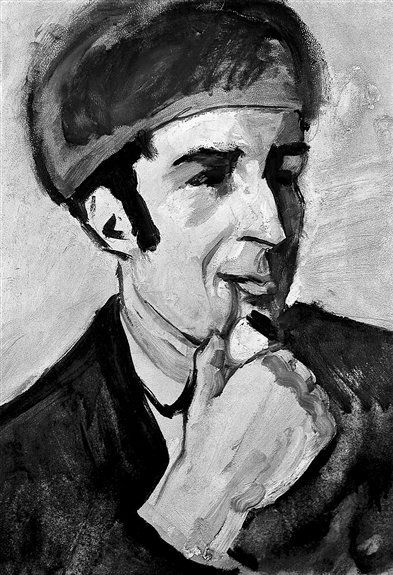
August Macke,Portrait of Franz Marc, 1910.
Oil on paper, 50 x cm .
Neue Nationalgalerie, Staatliche Museen zu Berlin, Berlin.
Biography
1880 Franz Marc was born on the 8 th of February in Munich.
1894-1899 He studied at the Luitpold Gynasium and graduated with a diploma.
1899 Served in the military. Also enrolled at the Faculty of Philosophy at the University of Munich.
1900 Began to study painting.
1901 Marc travelled with his brother Paul to Venice, Padua, and Verona.
1902 Completed plein air painting near Kochel (Bavaria), including Peat Moss Huts at Dachau.
1903 Marc travelled, following an invitation of a fellow student to Paris, returning through Brittany and Normandy. Saw Manet, Monet, and Renoir at the Galerie Durand-Ruel.
1904 Moved into his first independent studio in Munich (Kaulbachstrae 68) and moved again at the end of the year (Schellinger Street 33). Painted Indersdorf.
1905 Painted The Dead Sparrow and Little Horse Study.
1906 Visited Greece and Mount Athos. Painted Two Women on the Hillside.
1907 Journeyed again to Paris and found himself greatly impressed with the works of Vincent van Gogh and Paul Gauguin.
1908-1909 Marc spent time in Tolz (Bavaria) and was influenced by the works of Van Gogh. Painted Larch Trees and Deerat Dusk.
1910 Encountered art dealers Brakl and Thannhauser, as well as August Macke. In the autumn, Marc participated in the second exhibition of the New Artists Association at the Galerie Thannhauser in Munich. Painted Nude with Cat, Grazing Horses and began Dog Lying in the Snow.
1911 Marc was made a member of the New Artists Association in Munich, as well as their third Chairman. Produced Deer in the Snow, Blue Horse I, The Steer, Monkey-Frieze, Donkey-Frieze, Blue-Black Fox, and Little Blue Horses.
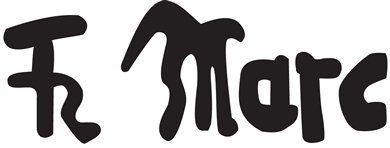
1912 Encountered the artists of Die Brcke (The Bridge), as well as Paul Klee. Travelled to Paris with Auguste Macke where they visited Robert Delaunay, a participant of the Second Exhibition of The Blue Rider group. Painted Girl with a Cat, Red Deer, TheLittle Blue Horse, The Tiger, Three Animals (Dog, Fox, and Cat).
1913 Marc participated in the preparation for the First German Autum Salon. Produced The Tower of Blue Horses, Foxes, Animal Fates, The Mandrill, Painting with Cattle.
1914 Took part in the Expressionist exhibition in Dresden. Moved to Ried. Marc volunteered for World War I from the start, 1 st of August. Painted TheBirds, Deer in the Forest, Fighting Forms, Broken Forms.
1914-1916 Began what would become his famous sketchbook, as well as the final version of Tyrol.
4 March 1916 Franz Marc was mortally wounded by shelling in Braquis near Verdun.
1916 Retrospective at the New Munich Secession.
1937 Marcs art was banned on the grounds that it was Degenerate Art

| Germany at the end of the 19thCentury the Imperial Period Germany, the victor of the Franco-Prussian War of 1870/1871, was ruled by Emperor William I (1797-1888). From his time as Crown Prince, hence before his enthronement as Emperor of Germany and King of Prussia, he was nicknamed Prince of Grapeshot ; an unflattering name brought about because of his alleged participation in the suppression of the 1848/1849 Revolution, caused by Johann (Max) Dortu (1826-1849) who was later executed for treason . |
Portrait of the Artists Mother
1902 Oil on canvas, 98.5 x cm Stdtische Galerie im Lenbachhaus, Munich |
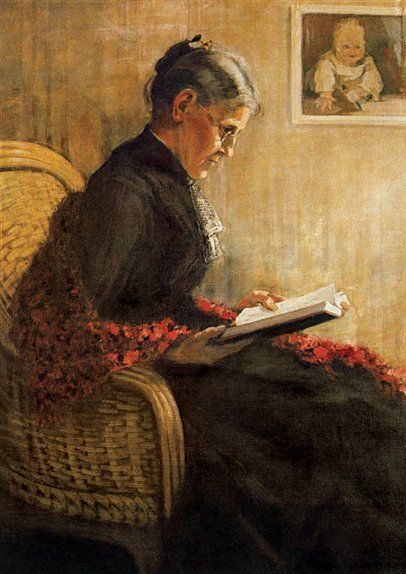

| In his official duties, William I, who had reluctantly accepted the position of German Emperor, was supported by Prince Otto von Bismarck (1815-1898). The chancellor was compelled to spend a considerable amount of time on the Socialist Act (the German Anti-Socialist Law which was passed in order to curb the dangerous strength of the Social Democratic Party), thus giving reason for his dismissal in 1890 under William II. The British satirical magazine Punch of the 29 th of March 1890, under the headline of the famous cartoon Dropping the Pilot hit the nail on the head. |
Cottage on the Dachau Marsh
1902 Oil on canvas, 43.5 x 73.6 cm Franz Marc Museum, Kochel am See |
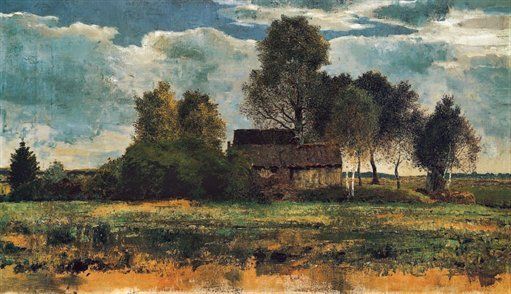

| The Frankfurter Zeitung of the 10 th of October 1878 reported on a session of the Reichstag: Today s meeting of the Reichstag, in which the debate on the second reading of the Socialist Act, had its start. It turned out to be one of the stormiest and most passionate meetings we have ever witnessed in the Leipziger Strasse. Today s meeting can be described as a duel between Bismarck and Sonnemann. Probably never before was a more serious and unjustified, |
Indersdorf
1904 |



